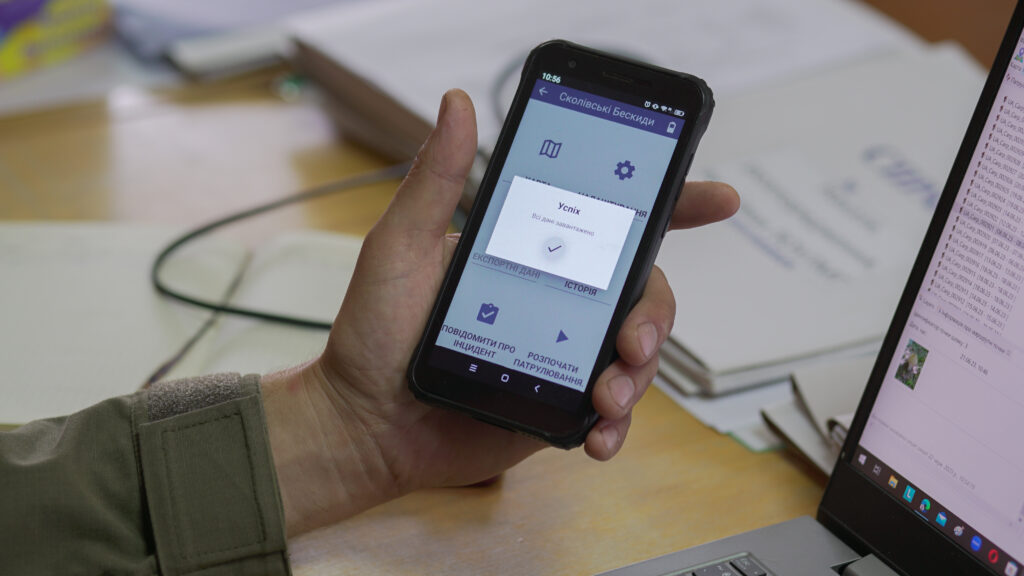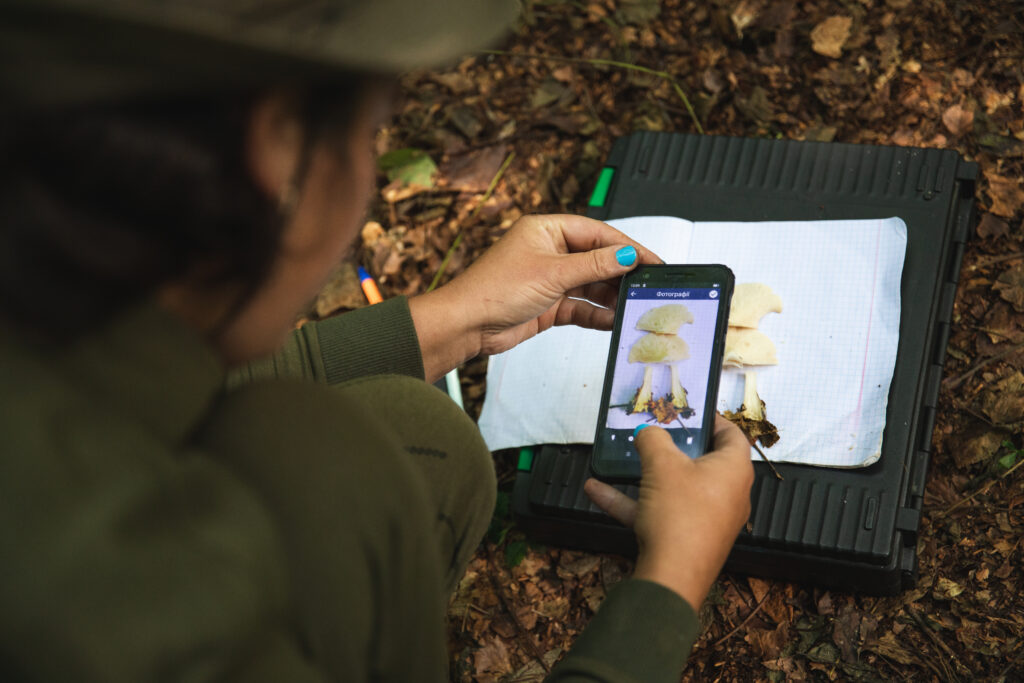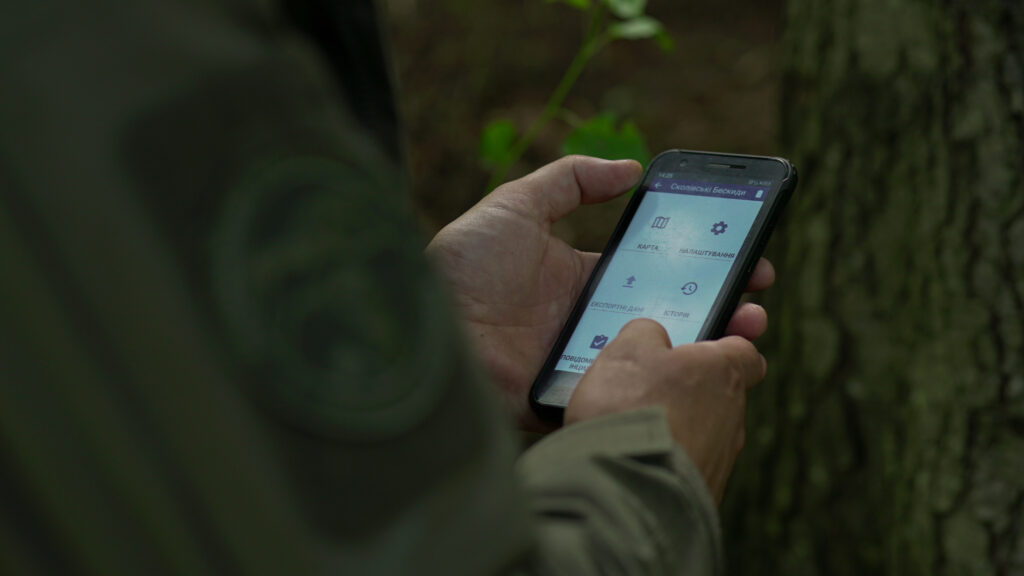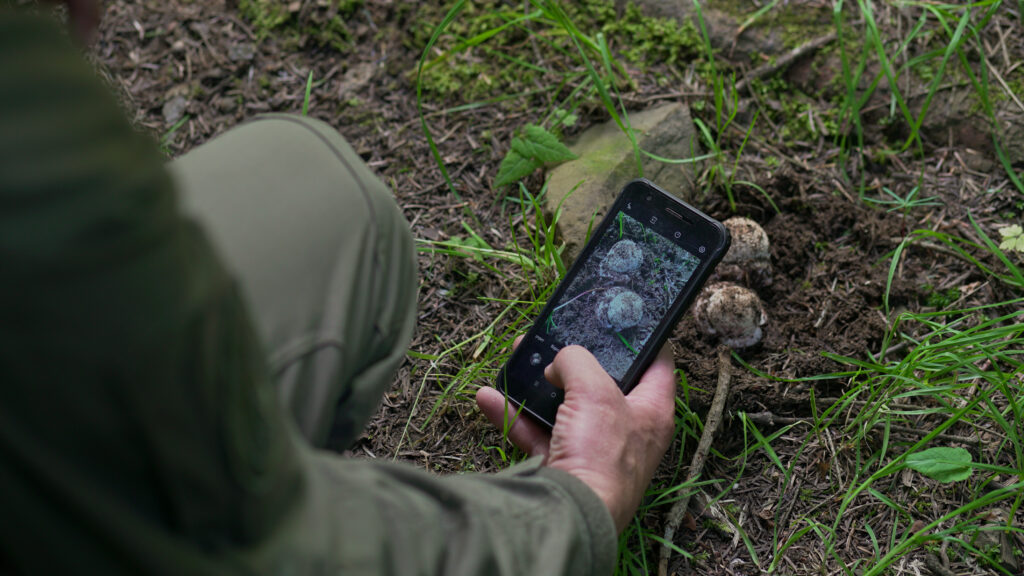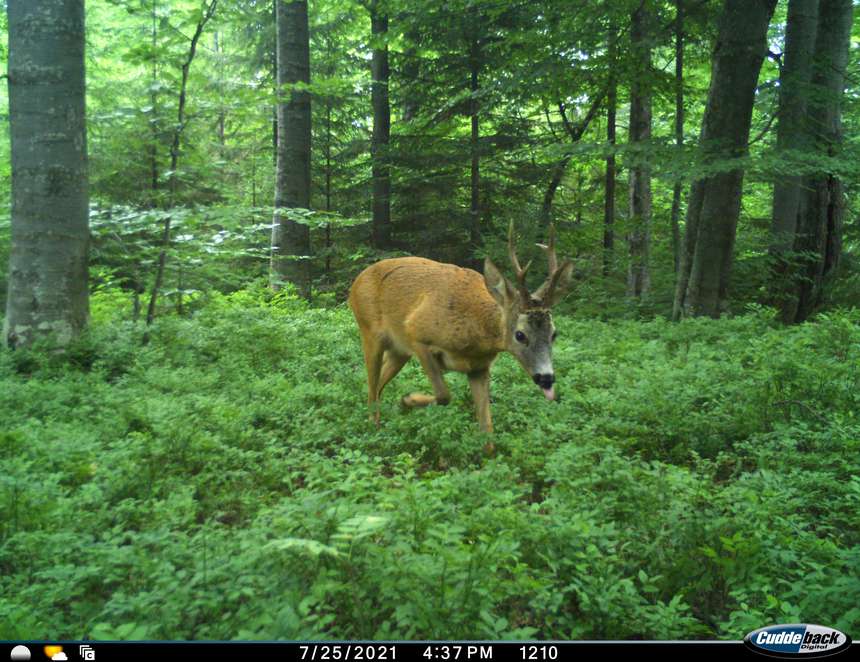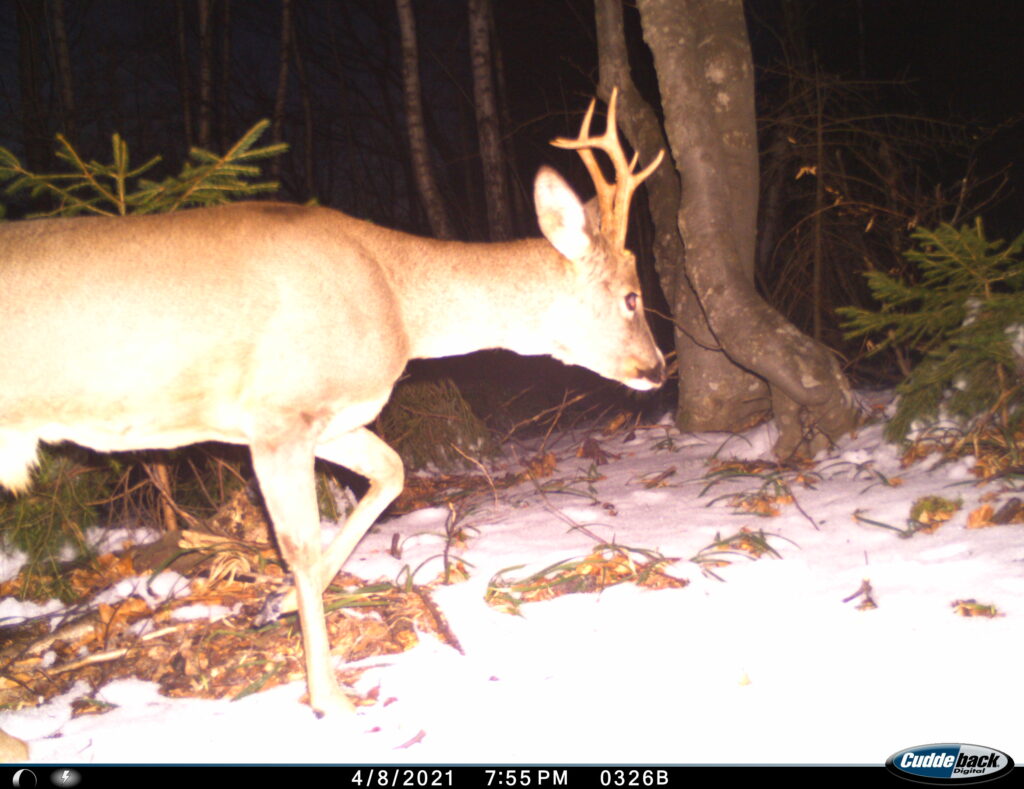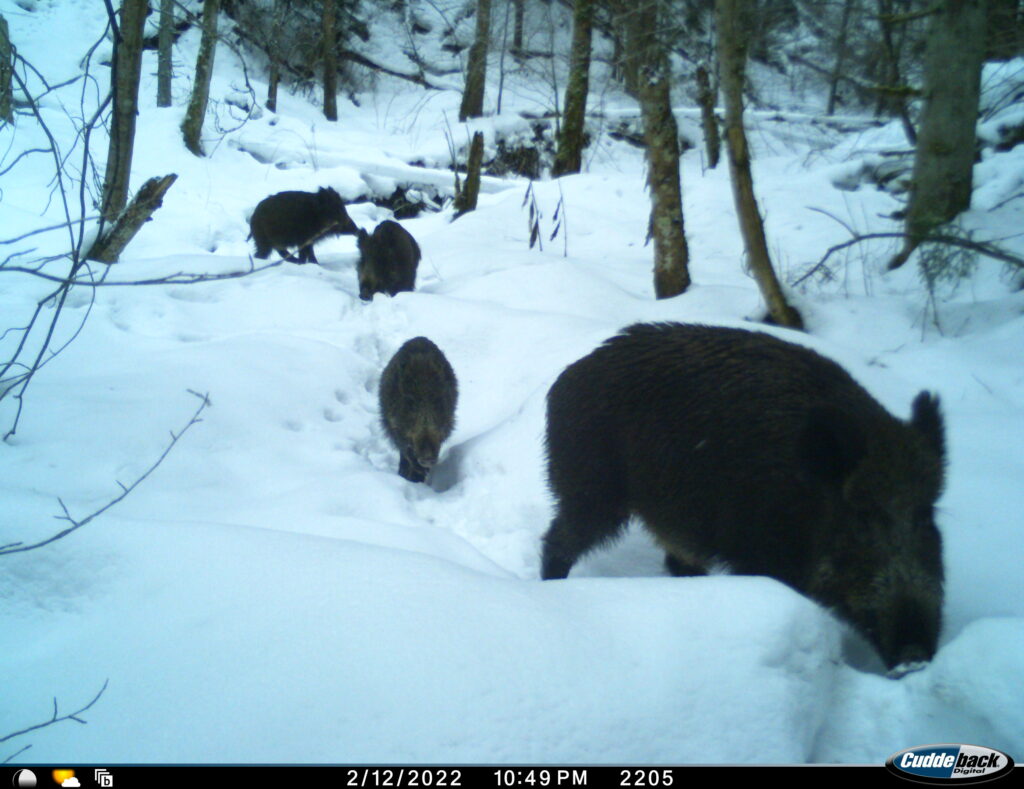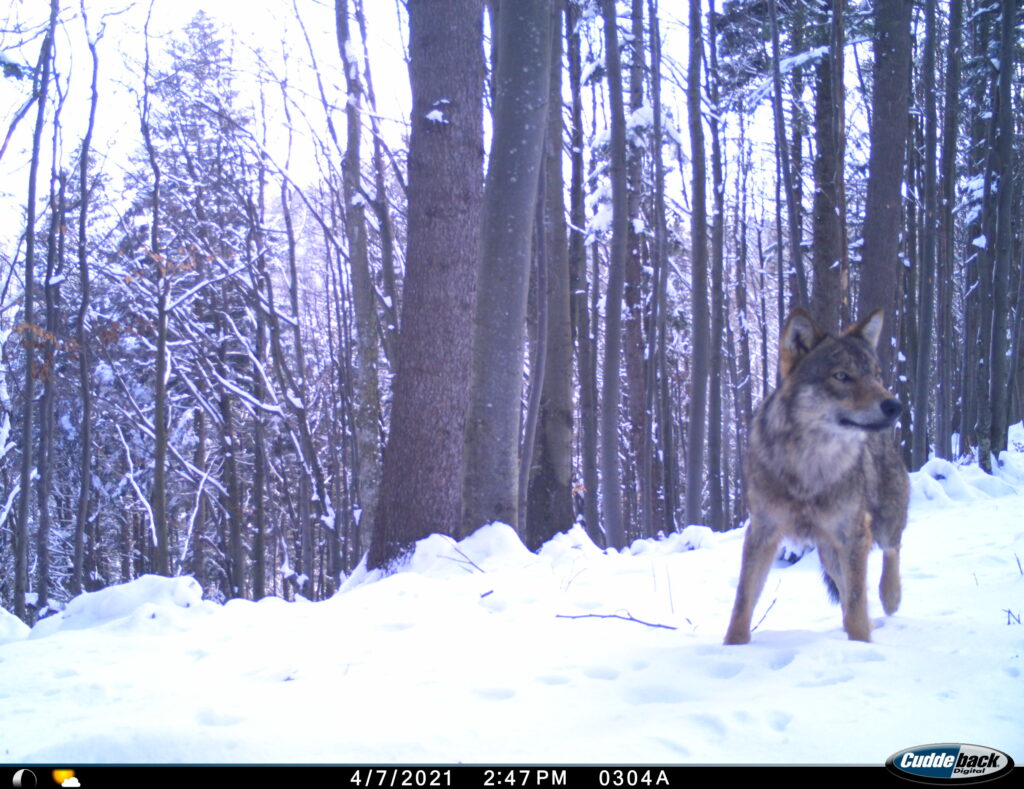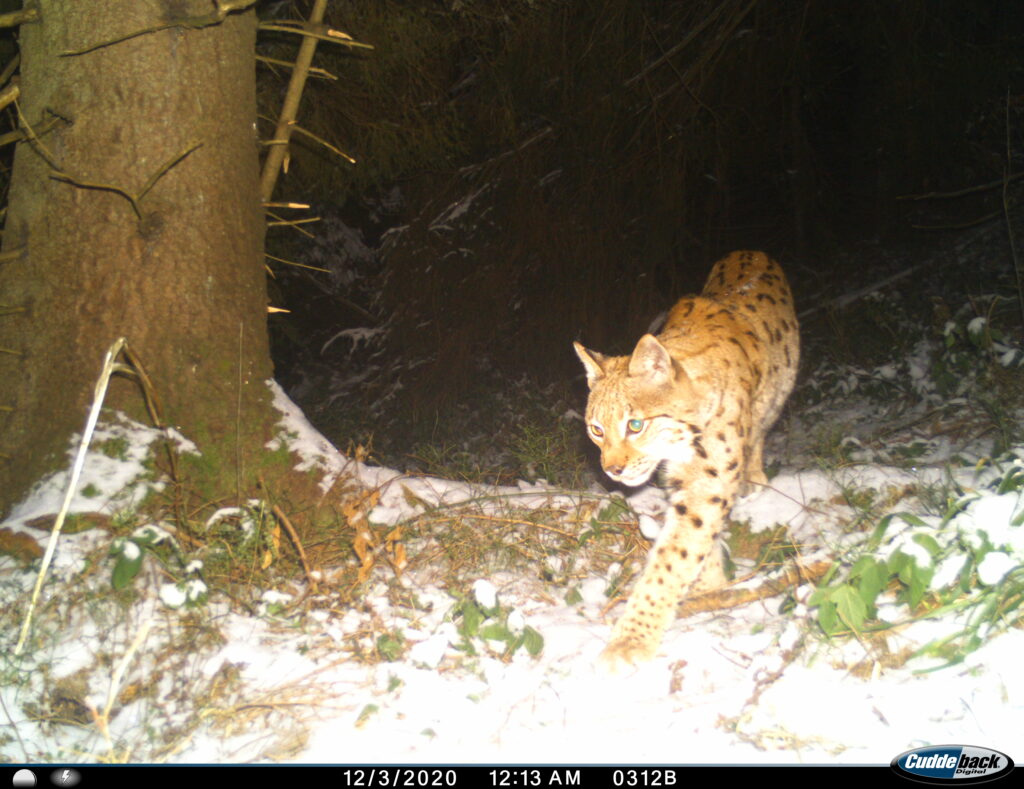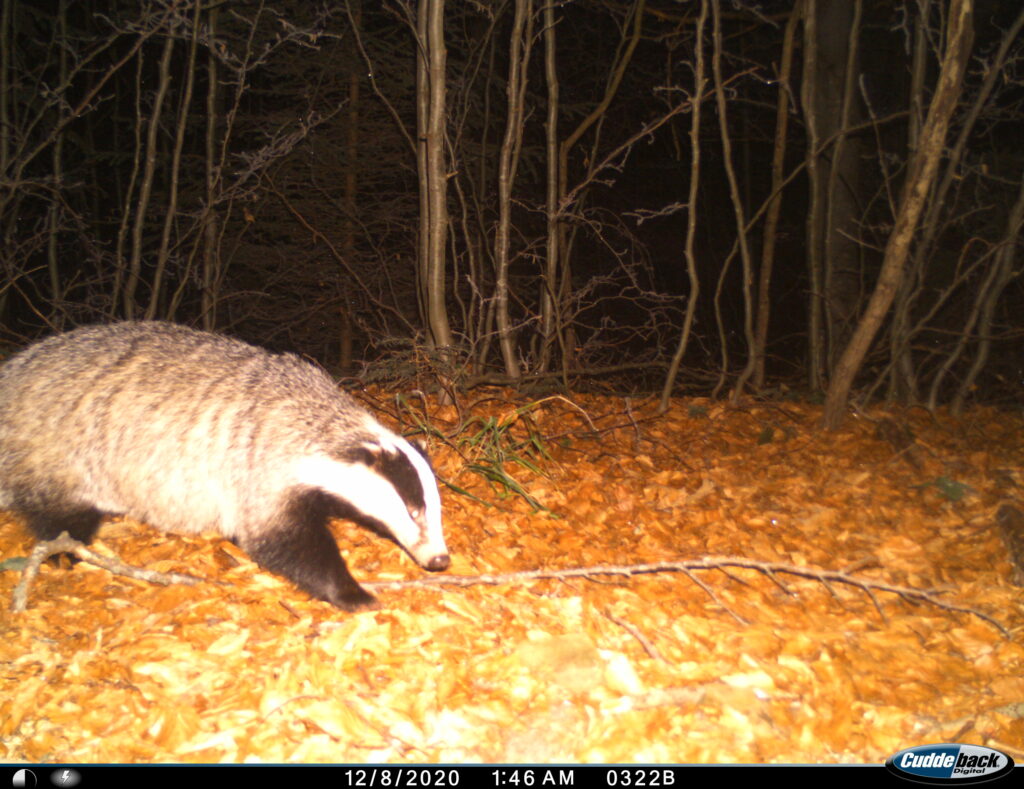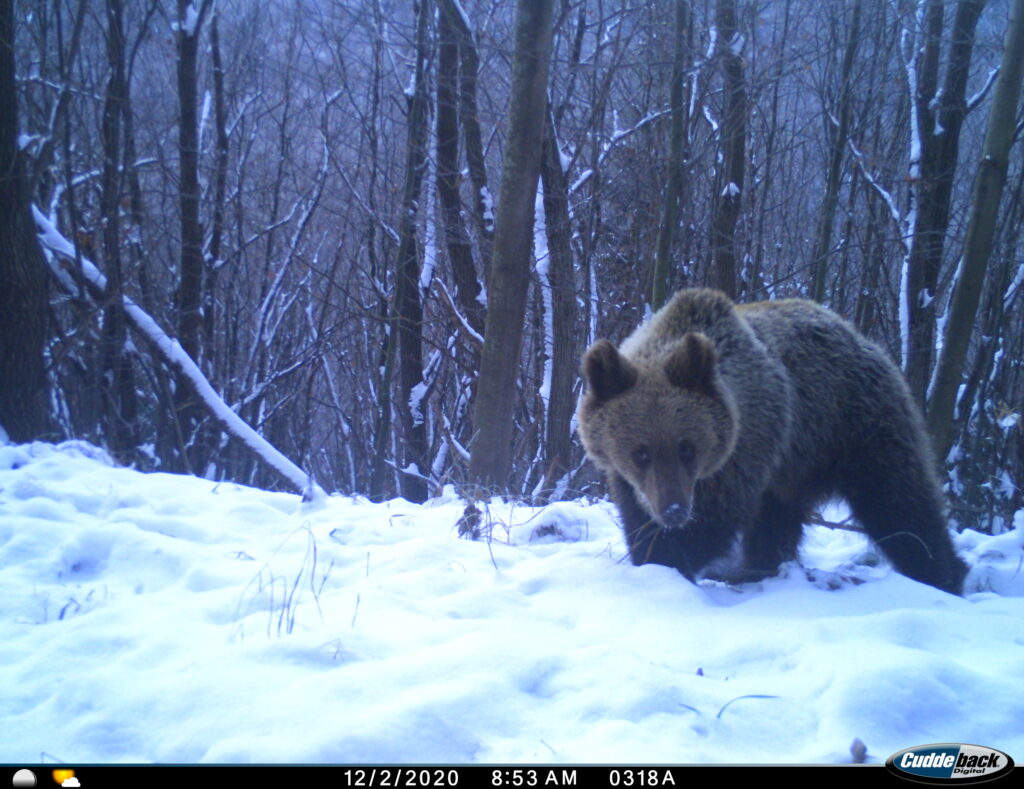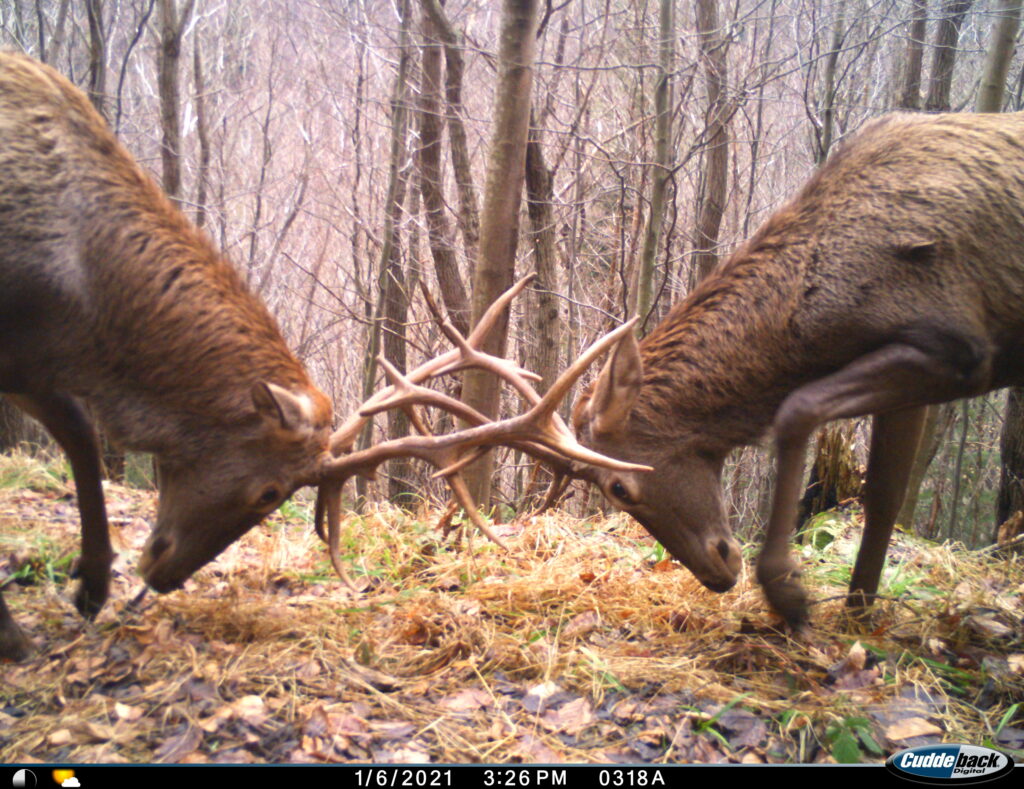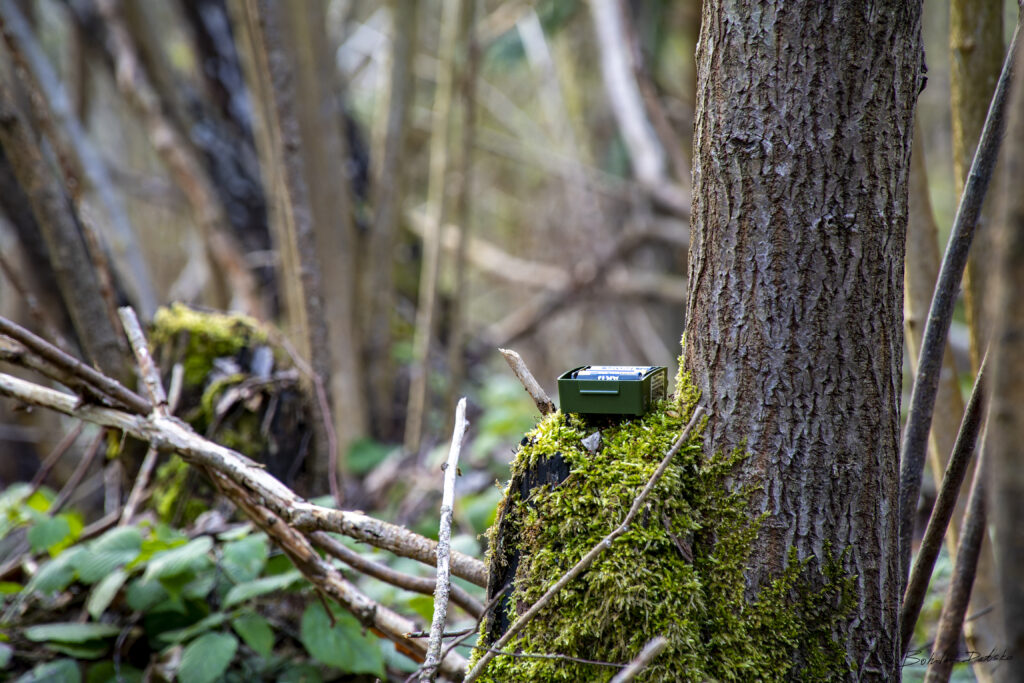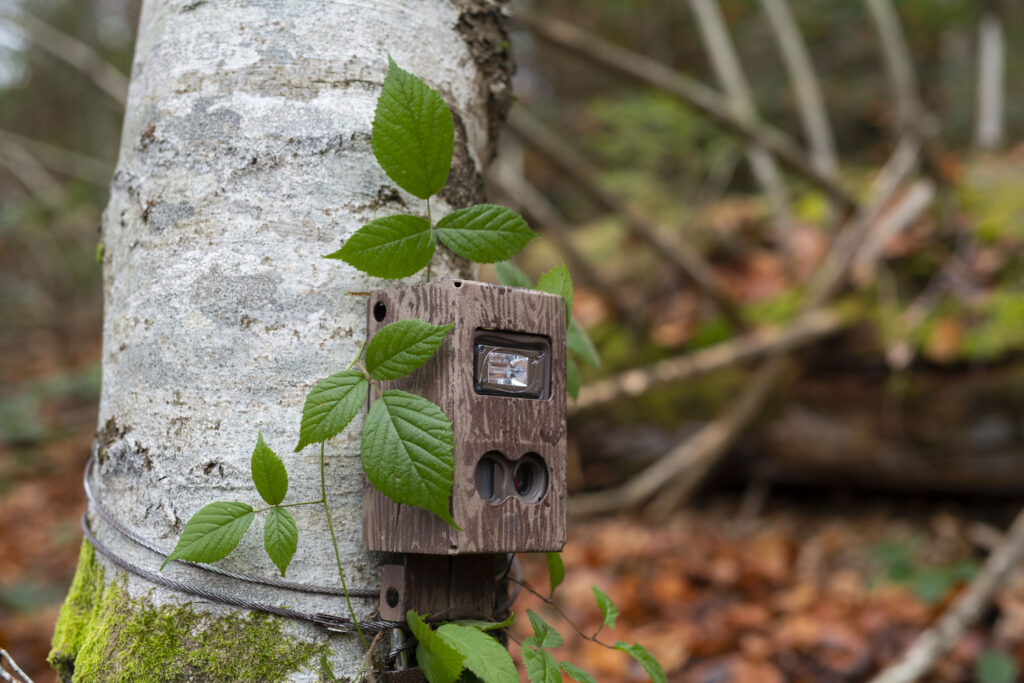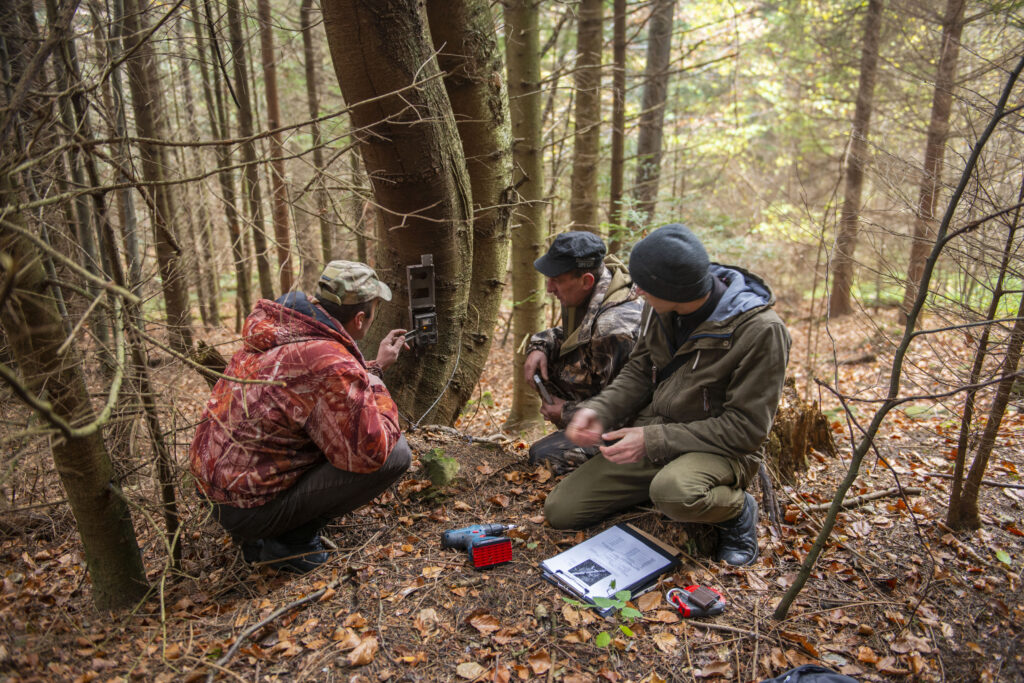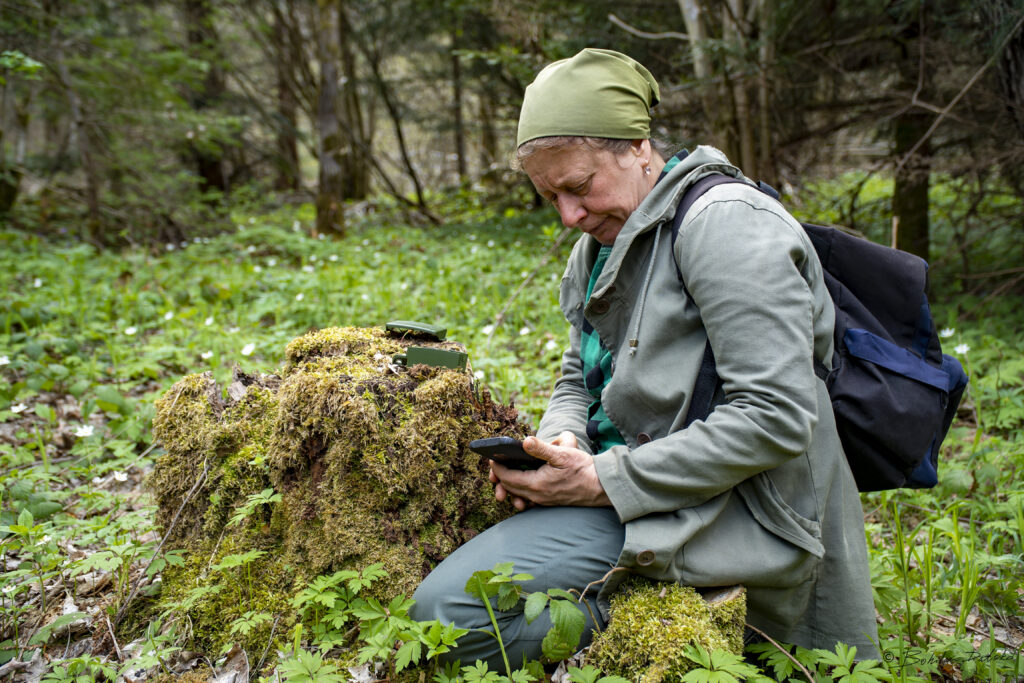Biodiversity monitoring
Biodiversity is the variety of all life on earth – plants, animals, fungi, and microorganisms –, and our primary task is to preserve it for the sake of life at every level, for our own wellbeing and that of future generations. To develop effective measures to preserve biodiversity, we first need to understand what the current state of the ecosystem is. That is why the Frankfurt Zoological Society (FZS) implements modern biodiversity monitoring systems that provides a platform for effective conservation measures. Biodiversity monitoring is a system of periodic observations of the state and dynamics of living organisms according to a clearly defined scheme of indicators. This allows us to track changes in the number and distribution of certain species. The observation of indicator species then allows us to track changes in whole ecosystems.
We are already working with 13 protected areas in several areas of biodiversity monitoring. On this page, you will get acquainted with them.
One of the monitoring tools that we have been implementing since February 2021 is the Spatial Monitoring and Reporting Tool (SMART) program, which we have adapted for protected areas in the Ukrainian Carpathians. SMART has already been successfully used in 70 countries and presents opportunities to create a better and more complete Chronicle of Nature. Specialists such as researchers and conservationists register observations into a database using a mobile app. Collected data is structured and analyzed using the computer version of SMART.
The systematic use of the SMART toolkit allows the database relating to a protected area to be populated with species observations by both scientists during dedicated scientific visits and also other people working in the area, such as security staff on patrol. SMART is multi-functional, allowing:
- Recording and mapping observations – including of rare and unknown species;
- Recording phenomena and wildlife observations;
- Registration of violations, such as illegal deforestation;
- Fixation and describing the measures taken, etc.
The implementation of SMART is being conducted with a holistic approach. We purchase the necessary equipment, conduct regular workshops for employees, and provide constant support to users. The SMART tool has been adopted by specialists working in 14 protected areas that are FZS partners and two other parks that use the tool voluntarily. Software has been installed on more than 350 smartphones, of which about 330 were provided by FZS.
Together with specialists in partner protected areas, we are conducting research on large mammals including ungulates (hooved animals such as bison, deer, and boar) and large carnivores using camera traps. Camera traps are remotely controlled devices that capture photos or videos when a motion and/or heat sensor is triggered. Camera trapping is a well-established method of efficient, non-invasive biodiversity monitoring, and is particularly effective for recording secretive species.
Systematic observations of large mammals are an important component of biodiversity monitoring. They help to better understand which areas are particularly important to focus on and help to ensure effective protection of rare species in the Carpathians. Currently, the goal is to find out the occurrence and distribution of rare predators such as the Eurasian lynx, Brown bear, and European wildcat, as well as ungulates. As part of this research, it was possible to monitor the Eurasian lynx for the first time in Ukraine, which is an important step towards the implementation of the national Action Plan for the Conservation of the Eurasian Lynx (Lynx lynx).
In cooperation with the Skolivski Beskydy National Nature Park, FZS conducted pilot lynx surveys to determine their number and density in the park, as well as their habitat.
Long-term monitoring of bats is an important part of our work. Bats play a critical role in habitats the world over and are also an important indicator species: All bat species are listed in the Red Data Book of Ukraine and in the lists of rare species of animals in Europe. We study species diversity in different habitats, including important migration hubs. Monitoring is necessary to develop measures to protect bats, such as hanging boxes for shelter, preserving valuable habitats, and a range of other approaches.
Distinguishing between different bat species is not easy, and previously monitoring projects required the involvement of specialists. Nowadays, the rapid development of acoustic monitoring enables people without expert knowledge to support monitoring efforts, with specialists being called on later, at the stage of data verification. This makes it possible to cover larger areas and makes monitoring more accessible.
We monitor with the help of special acoustic receiver devices. Receivers are programmed using a smartphone app and autonomously record sound files, which are subsequently analyzed and verified by experts.
In 2023, Ukraine joined the Pan-European Common Bird Monitoring Scheme, which is coordinated by the European Bird Census Council. The program involves annual bird surveys at fixed points on migratory routes to assess the status of populations of common bird species. We use acoustic receiver devices to monitor birds, with equipment fine-tuned to the particularities of bird singing.
Common species are often most critical in ecosystem health, because they are the most abundant –, however they often receive less attention from researchers than rarer species. At the same time, studies of common bird species are important for understanding what is happening to the state of biodiversity in general and monitoring changes over time.
To do this we record bird sound using an acoustic receiver for five minutes at five points on the selected transect, and then analyze it. Modern receivers provide simplified ways of collecting the data and there has also been a rapid improvement in programs that provide automatic sound data analysis. In the future, the process of both collection and analysis will be automated as much as possible, with only selective verification of individual sound files remaining.
What do we do
By combining international experience with local knowledge and expertise, we support the preservation of the large areas of pristine and near-pristine nature in Ukraine. We mainly do this by supporting projects in major protected areas such as national parks, biosphere reserves, and large nature reserves.
